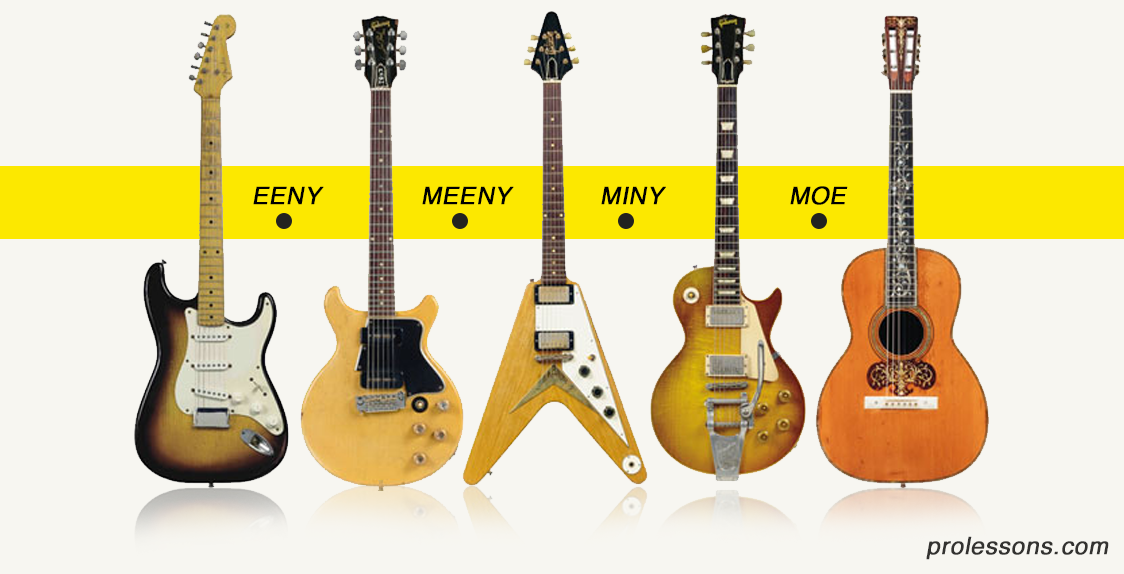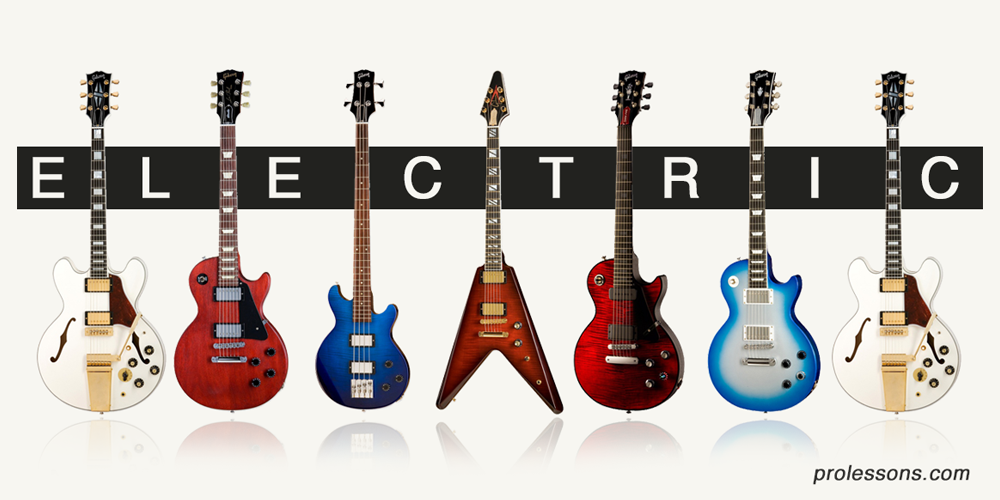FREE LESSON
PHIL KEAGGY - Grammy nominated and seven-time Dove Award winner, is one of the world’s great guitar players and a pioneer in contemporary Christian music.

When it comes to learning how to play guitar and types of guitars, there are a lot of different questions you might ask yourself.
“What kind of music do I want to play?” or “How long is it going to take for me to be really good?” are two examples that come to mind. But let’s scale that back even further and think about a really basic question you might have.
Just how many different kinds of guitars are there?
If you’re looking to buy a new guitar or just curious about what choices are available, we’ve compiled a list of these guitars so that you’ll know the difference.
For many people, this is what they would consider a “starter guitar.” Many guitar teachers would actually suggest beginning with an electric guitar (more on that later), but these are cheaper and less noisy, generally speaking.
With a classical guitar, you are creating the music through the architecture of the guitar. The hollowed out center of the instrument, combined with the playing of the strings, allows for a beautiful melody.
Classical guitars feature nylon strings on a wide neck. This allows for a little more finger play on the neck of the guitar. The nylon strings are much kinder on a newbie’s fingers than a steel-string acoustic, thus why so many people start out with classical guitars. The body of the guitar is also smaller than most acoustics, giving it another reason to be a great starter guitar for younger players.
Typically these types of guitars are less about strumming and more about plucking. Though they are beautiful instruments, they can be seen as a little limiting unless your end goal is to be a famous classical guitarist.
For an idea of what kind of music you can make with these guys, check out this instrumental performance of Queen’s “Bohemian Rhapsody.”
Far from being used merely at campfires and quirky coffee shops, acoustic guitars, as types of guitars, are a staple of the music industry. Their reach extends to rock, country, folk, and other styles of music as well.
There are many songs out there today known simply for their acoustic parts. Anyone who grew up in the 90’s probably remembers the opening to this Goo Goo Dolls song. (On a side note, 90’s music videos have not aged well.)
As we referenced in the earlier section, acoustic guitars are usually a little larger than their classical counterparts. The steel strings found on most acoustics are tougher on your hands, but they do provide a great sound upon strumming. This sound is also different due to the size of the guitar.
While most non-players think of all acoustic guitars being the same, there are actually a lot of variations in design. The most common acoustic guitar is called the “dreadnought.” This guitar features rounded shoulders and produces a rich sound that allows it to permeate into every branch of the music business.
Other acoustic styles include the parlour and jumbo models. The former is a smaller guitar that works well with laid back genres like folk and singer/songwriter. Jumbo guitars are, of course, physically large, but they also produce a big sound that made them popular in the mid-20th century.
Rounding out the acoustic guitars is the lesser-known 12-string guitar. Although most musicians are aware of these instruments, the majority of non-players think of a guitar as having six strings. Simply put, doubling the strings allows for an even richer sound. The physical differences between these and their lesser-stringed colleagues are mainly there to accommodate for the extra steel strings. These characteristics include an elongated headstock and a thicker body that both help to ease the extra tension from the strings.

No list of guitars would be complete without discussing the importance of electric guitars to the music world. As pervasive as acoustic guitars have been throughout the industry, electric guitars have had a vital role in the evolution of blues, rock and roll, country, ska, funk, etc.
There are a number of iconic moments for electric guitars throughout just the last century. One that often comes to mind is Jimi Hendrix shredding the national anthem at Woodstock in 1969. You could easily pick other moments from great guitarists like BB King or Stevie Ray Vaughan.
What separates electric guitars from acoustic is that the former uses a pickup device to capture and transfer the mechanical vibrations from the strings rather than letting the guitar do that on its own.
This doesn’t simply make the guitar louder, but allows for the player to not have to press down as hard on the strings. Taking us back to the earlier point about some guitar instructors preferring students to learn on an electric guitar, these easier strings keep beginner guitarists from becoming too discouraged from the pain of steel strings.
On the other hand, electric guitars also feature a narrower neck that may cramp the strings together too much for a beginner with big fingers. This neck may also allow for a novice to easier navigate the fretboard, though. You now may be starting to understand why there are so many different kinds of guitars.
At the end of the day, it’s important for guitarists, beginner or not, to understand the differences between the types of guitars and what the best model is for them. Once you’ve found the guitar that’s going to work best for you, it’s important to start thinking about the kind of lessons you want to take. There are many advantages to taking online guitar lessons but you may want to read more about the pros and cons here.
To find out more about the professional guitar lessons we offer at Pro Lessons, click on the banner below.